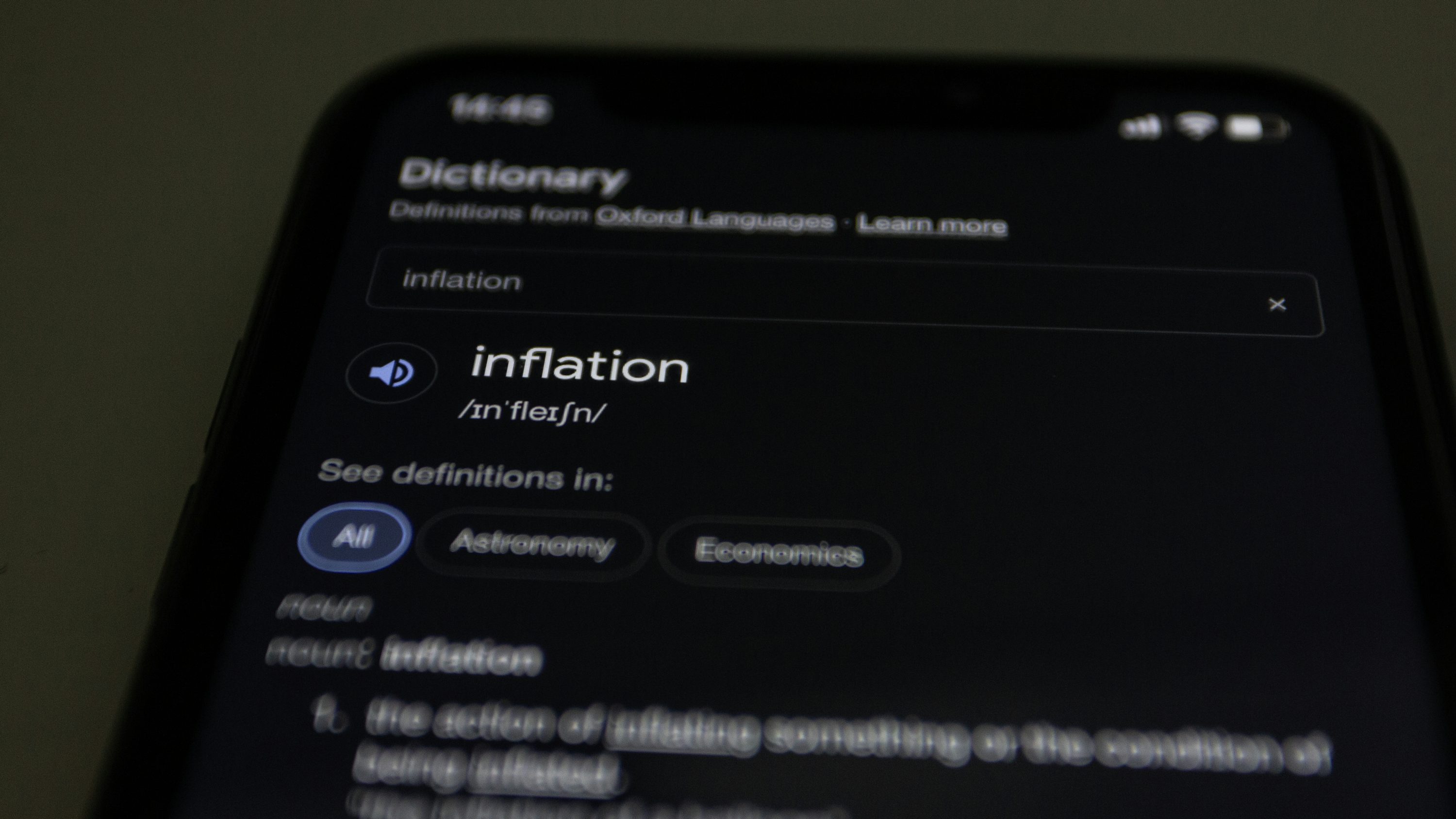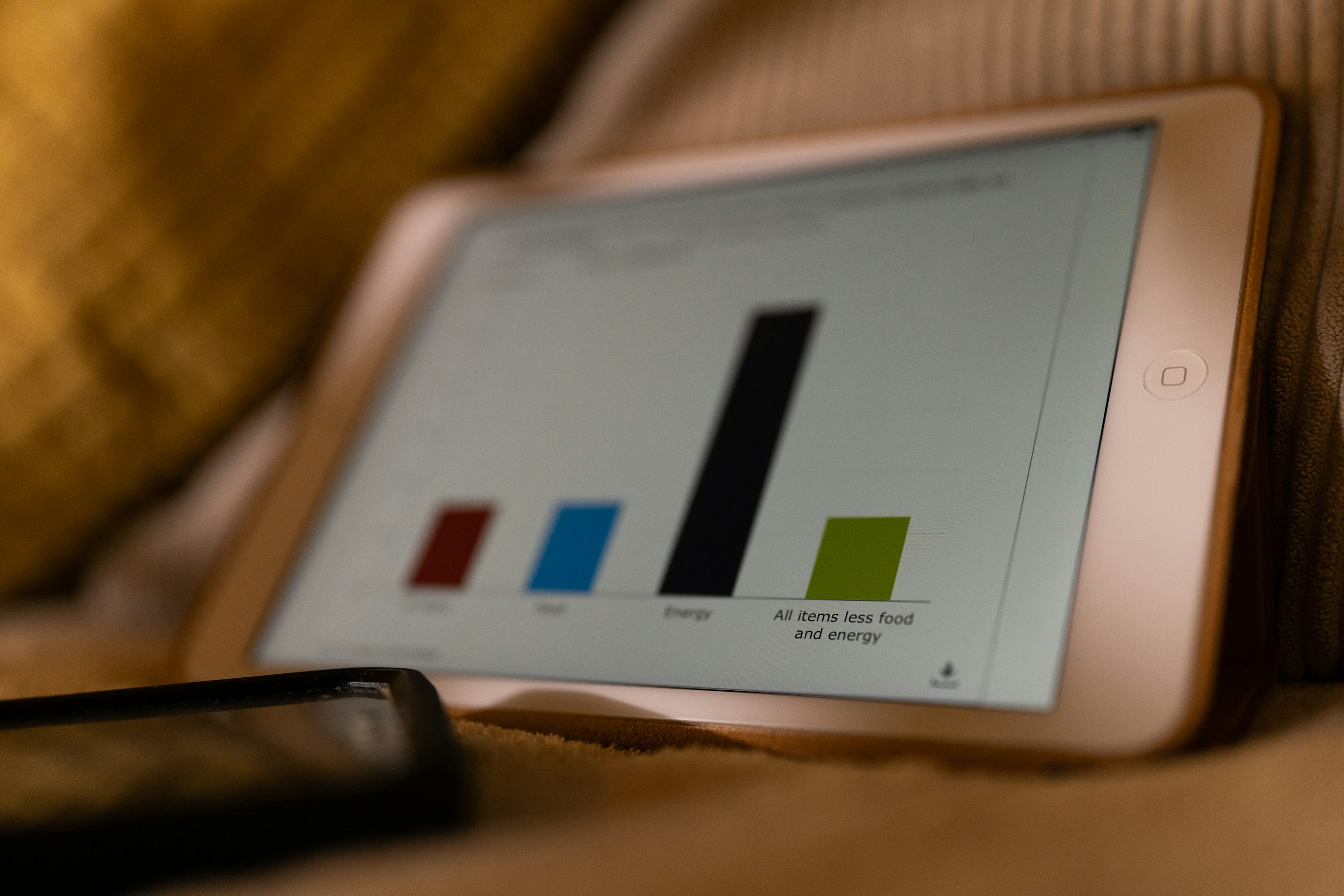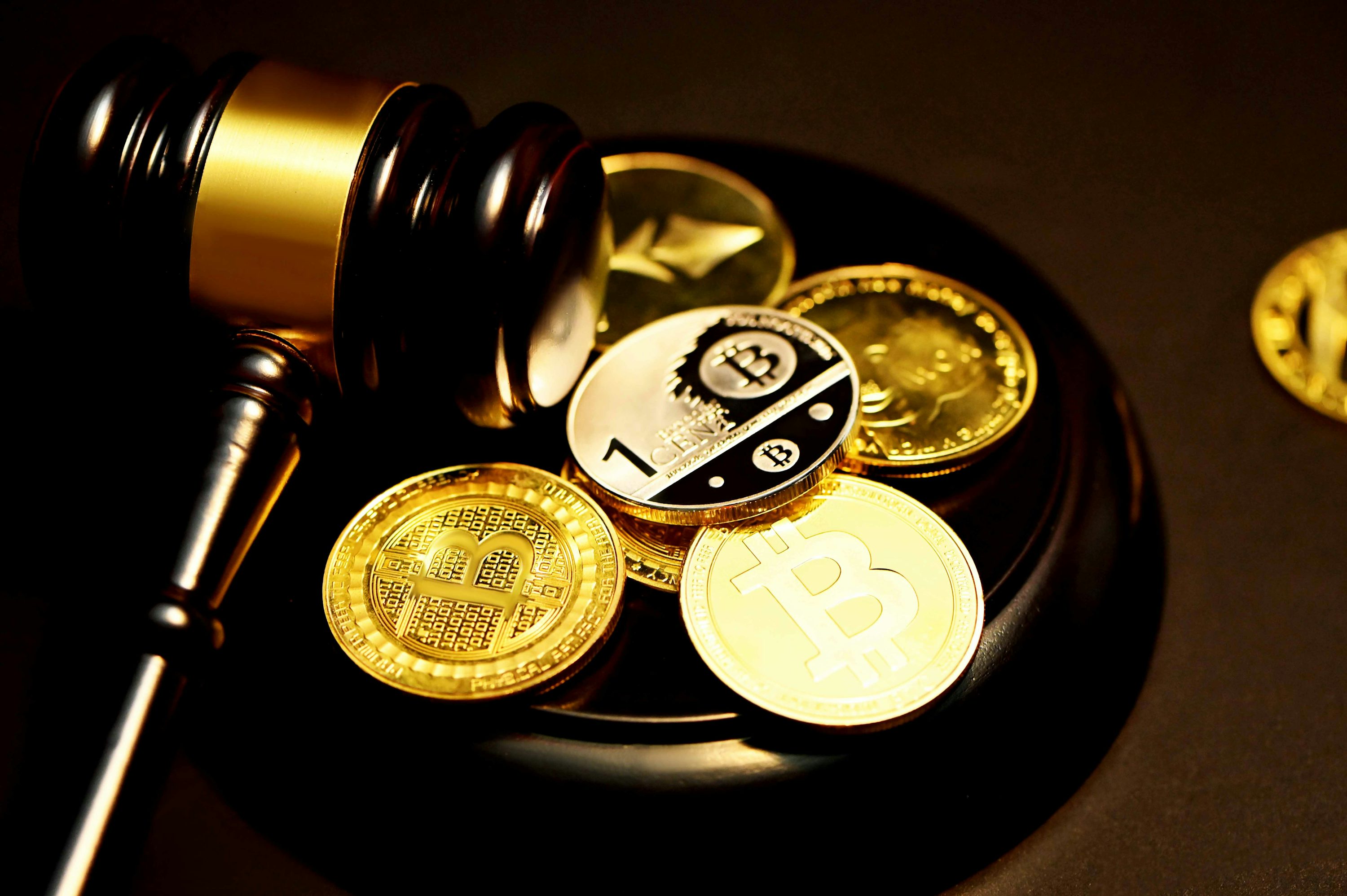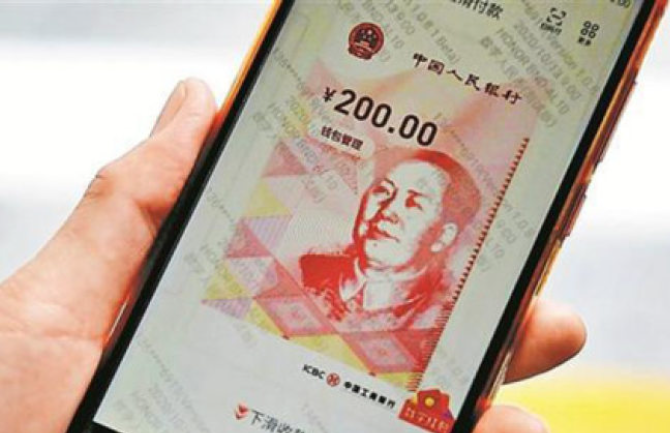Inflation is the most secretive but sharp cutter in the economic system, which quietly deconstructs the stability of wealth. When the price increase exceeds the increase of money purchasing power, the precision gear of social economy begins to appear dislocation. Paper money has gradually lost its value in the inflation tide, consumers' savings accounts have shrunk, the cost curve of enterprises has risen sharply, and financial market expectations have been distorted. From microeconomic subjects to macro-policy framework, the spread of inflation is like osmotic pressure imbalance, which gradually disintegrates the basic logic of economic operation.

The devaluation effect first impacts on family wealth. When the price of bread soared from $1 to $10, housewives' consumption decisions were forced to be reconstructed. Pensioners find it difficult to maintain a basic living on a fixed income, and wage growth often lags behind price increases. During the inflation period, the real assets of money holders are shrinking, and the digital growth in savings accounts is swallowed up by the decline in purchasing power. The higher the proportion of cash in household assets allocation, the heavier the losses in the face of hyperinflation, and this invisible loss of wealth is more difficult to detect than the market crash.
The impact of inflation on business operations is more destructive. The sharp fluctuation of raw material prices forces manufacturers to constantly adjust their production plans, and the steep rise of cost curve compresses profit margins. When enterprises face the pressure of imported inflation, the lack of pricing power will lead to the loss of market share. Retailers need to adjust the price tag frequently, the risk of supply chain interruption increases, and the cost of inventory management increases exponentially. Business decision-making in an inflationary environment has become extremely complicated, and enterprises have to make a difficult trade-off between maintaining customer relationships and ensuring profits. A vicious circle may eventually lead to the shrinking of the whole industry.

Financial markets are equally vulnerable in the inflation cycle. The real yield of bonds is eroded by the inflation rate, and fixed-income investors face the risk of negative returns. In the stock market, the valuation is distorted, the defensive sector attracts capital inflows, and the valuation of growth enterprises is under pressure. The tightening of the central bank's monetary policy tries to curb inflation, but it may trigger a liquidity crisis. When inflation expectation is out of control, capital outflow, local currency depreciation and asset price collapse may form a dangerous negative feedback cycle, which will eventually push the whole financial system to the edge of systemic risk.
The social impact of inflation is far-reaching. When the decline in real wages exceeds the increase in productivity, the contradiction between labor and capital intensifies, and strikes may follow. Low-income groups are trapped in survival difficulties due to rising food and energy prices, and the gap between the rich and the poor in society is enlarged in the inflation cycle. Historical experience shows that hyperinflation is often accompanied by political turmoil, and people's doubts about economic management ability may turn into street protests. Inflation is not only an economic phenomenon, but also an invisible killer of social stability, and its chain reaction far exceeds the market fluctuation itself.

What is more alarming is that inflation distorts market expectations. When consumers expect prices to continue to rise in the future, they will make preventive consumption in advance; Enterprises accelerate investment to hedge against rising costs. This self-reinforcing expectation mechanism may push moderate inflation into a vicious circle. Once inflation is out of control, rebuilding price stability will pay huge economic and social costs. Only by understanding the operating mechanism and potential risks of inflation can we maintain the resilience of wealth and the rationality of decision-making in economic fluctuations.







